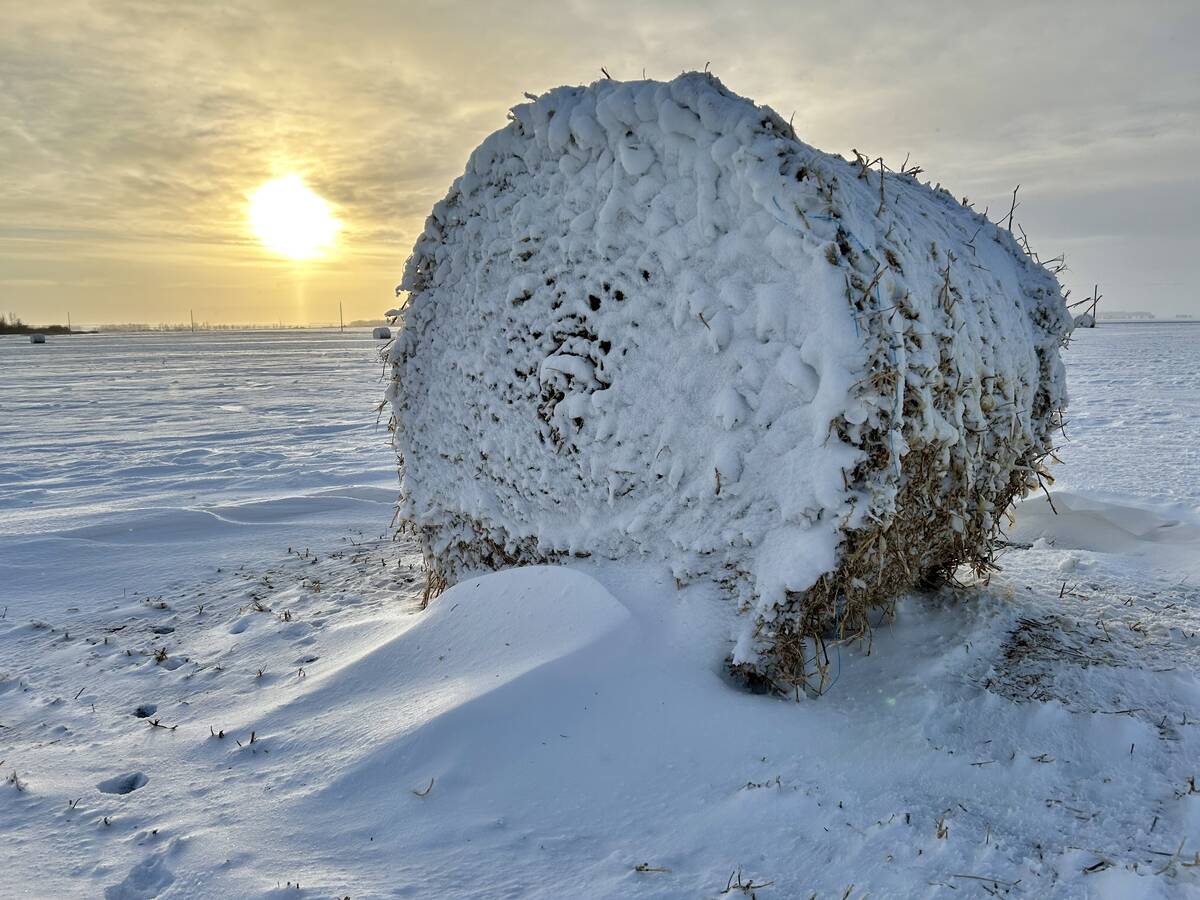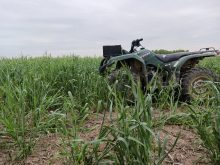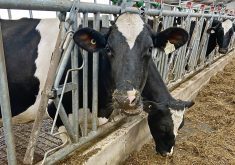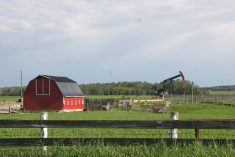Alberta’s irrigation system is unique because it’s been developed as much for the community as for farmers and ranchers.
Most of Alberta’s irrigated land is covered by Irrigation Districts, corporations that operate much like municipalities. Governed by a member-elected board, each manages operations and maintenance of water distribution, and collects acreage fees from its members. Alberta Environment operates the main reservoirs, aiming for flood control and healthy aquatic environments, as well as supplying water for irrigation and other uses.
Alberta’s water-management system began in 1894 when the federal government declared all surface waters property of the Crown and began to license water use.
Read Also

Prairie winter snowfall forecast 2025-2026
How much snow should farmers in Alberta and elsewhere on the Canadian Prairies expect for the rest of December 2025 and into January-February 2026?
After private irrigation projects failed, federal and provincial governments supported Irrigation Districts as co-operative efforts by farmers and continued to fund major capital projects. Since the early 1970s, the province has funded a major part of the Irrigation Rehabilitation Program. Initially it paid 86 per cent of those costs, although that figure has now dropped to 75 per cent with the districts paying the rest. Under this program, much of the main water delivery system has now been upgraded, greatly reducing water losses and degradation of land adjacent to canals. This year, Alberta will contribute $26 million to the program. The minister of agriculture is responsible for allocating this money and also appoints the Irrigation Council, which monitors the operation and financial performance of the districts, acts as the appeal body for irrigation issues, and advises the minister on irrigation-related matters. The minister appoints the public members, the chair, and a representative from Alberta Agriculture.
Appellant body
The current chair, Peter Schuld, has been on at least one farm-related board ever since 1980, and says that experience has been invaluable.
“It’s quite demanding because we deal with such a wide range of issues,” says Schuld. “We’re the appellant body for disputes, mainly users who have problems with water delivery. Like most disagreements, 90 per cent of problems are miscommunications and they can be settled by arbitration. But we can act as a quasi-judicial body and hold public meetings over issues.”
Council members also attend annual meetings of the Irrigation Districts and oversee their financial statements. A major part of their work is helping to administer the Irrigation Rehabilitation Program (IRP). They also review the rolling three-year rehabilitation plans of districts. Lately they’ve been encouraging them to develop longer-term plans for capital developments.
“We want to be able to advise the minister on the status of the districts’ infrastructure, where they want to be and how they plan to get there, as well as the financing they’ll need,” says Schuld. “We’re also encouraging the districts to use real-time electronic measuring to monitor quantity and quality of water flows in their systems.”
The Irrigation Council also plays a role in setting policies and procedures for the rehabilitation program to ensure money is being well spent. Council members are not paid, but receive honoraria from the province.
“I enjoy the work,” says Schuld. “It keeps me sharp now I’m not as actively involved on the farm.”
Irrigation Secretariat
The Irrigation Secretariat is the administrative arm of the Irrigation Council, and is an agent of the minister of agriculture. Chair Roger Hohm and his staff ensure all 13 Irrigation Districts have complied with all their legal obligations, including verifying the districts have audited books, work plans and employ proper purchasing procedures.
“It’s our job to ensure that every ID has its financial reports in order, that they fulfil the requirements of the act and so on,” says Hohm. “We also check engineering progress reports and schedulestoensureIR Pfundsarebeing used in accordance with the regulations.”
Irrigation Districts and irrigators are represented by Alberta Irrigation Projects Association, which is funded through a levy of 20 cents per irrigated acre. Its mission is to promote, develop and maintain a broad range of benefits in Alberta’s irrigated landscape through progressive water management.
Education and outreach is a major part of the association’s work, including support for Ag in the Classroom, teacher training on water, and RiverWatch, that allows Grade 9 science students to study a section of a local river. It also conducts tours, and this year was involved in Aggie Days, hosting 25,000 people and publishing a booklet on recreation sites in irrigated areas.
“Partnerships are a big part of our work,” says Ron McMullin, the association’s executive director. “We’re part of a water community with many divergent views. We have to understand them all and help other people in that community understand our views.”
That attitude helps in representing Irrigation Districts’ interests to influence policies and legislation. The association also participates in research efforts, partnering in studies on automated infrastructure, hydrology, wildlife and recreation opportunities.
———
“Wewanttobeableto advisetheministeron thestatusofthedistricts’ infrastructure,where theywanttobeandhow theyplantogetthere, aswellasthefinancing they’llneed.”
Peter Schuld














